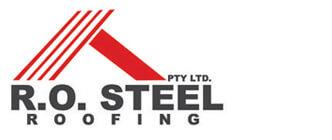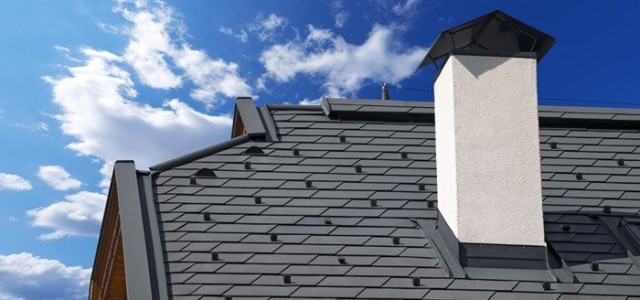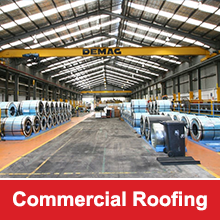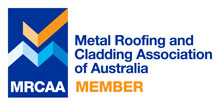A large number of homeowners in Australia are now opting for metal roofing made from Colorbond or Zincalume steel. There are a number of benefits to using this type of roofing but it’s important to install it as per the manufacturers’ instructions. Whether you are building a new house or re-roofing an existing one, one of the very important factors that have to be taken into consideration is thermal efficiency.
This can make a big difference to the energy performance and comfort of your home and installing the insulation correctly is vital. Thermal efficiency goes hand-in-hand with sound insulation and once this is in place, it makes the roof installation stable and adds to the comfort of the indoor spaces in the building or home. Let’s take a look at how your metal roof can be made thermally efficient.
The Regulations
Under the BCA-Building Code of Australia, the building fabric you use for insulation has a varying R-value. This will be dependent on the climate zone & the height of the building height, above the standard Australian Height Datum. It’s important that all the BCA requirements be taken into consideration while the insulation material and the roofing are being installed.
Installation tips
When you are installing insulation and want to ensure optimum effectiveness, there are a range of factors that have to be taken into consideration, such as thermal bridging, ventilation, vapour barriers, air gaps as well as the physical handling of various types of insulation.
Thermal Bridging
The frame of the building can act as a thermal bridge, especially in cold climates. It conducts heat and allows it to bypass an otherwise effective insulation. This framing has high conductivity; it becomes a major problem and its presence reduces the overall value of insulation. This is how the thermal bridging effect can be overcome:
- Polystyrene isolating strips should be installed between the metal frame & cladding
- Bulk insulation (polystyrene boards) should be installed over the internal/external surfaces of the frame
Vapour Barriers
These include polythene sheeting, foil-backed plasterboard, reflective foil, as well as water-resistant painted surfaces. Good-quality Water-resistant insulation (polystyrene) acts as a vapour barrier. All the joints in the vapour barriers should be taped or glued to keep out moisture.
Roof Ventilation
- Wherever possible, ventilate all the roof space- this allows the built up heat to dissipate
- Air gaps between tiles and along the ridgeline provide sufficient ventilation. Eaves or gable vents can also be used
- Installing reflective sarking under the metal roof prevents condensation from dripping off the metal roof onto the ceiling
- The vents can be closed at night to prevent the night air from entering roof spaces
Gaps
It’s important to ensure that there are no gaps in the insulation. Even very small gaps reduce thermal efficiency:
- The batts should be fitted snugly and there should be no gaps around the pipes and ducts
- Reflective insulation should be used to tape up joints and holes
- Ensure that the ends of multi-cell & concertina foils are all well sealed
- Make sure that the corners of walls, ceilings & floors have been properly insulated. These are the areas where heat-leaks most often occur
Loose-fill insulation shouldn’t be used in excessively-draughty roof spaces/ceilings that have a slope of 25° or more. It’s important to note that loose-fill insulation tend to settle by as much as 25 percent over time. You should ask your contractor for a guaranteed – ‘settled R-value’.
Reflective insulation
- Maintain air-space of a minimum of 25mm near the shiny surface of all the reflective insulation. If you fail to do this, it ends up reducing the insulating properties
- Dust settling on reflective surface of the insulation greatly reduces thermal performance. Face all reflective surfaces downwards/keep them vertical
- Reflective foil-insulation shouldn’t be placed on top of the ceilings/ceiling joists, as this is electrically conductive. This type of insulation should also be secured with good non-conductive staples
Thermal Insulation Matters
As you can see, there are a number of aspects that you can take into consideration to make your metal roof thermally-efficient and increase the comfort levels and enjoy energy cost-savings in your home. For the best metal roofing installation, call R.O. Steel Roofing Pty Ltd on (02) 9660 5937 or send us your enquiry via our online form and we will arrange for a free, no-obligation quote.
Thanks so much for reading,
R.O. Steel Roofing
(02) 9660 5937






Comments are closed.